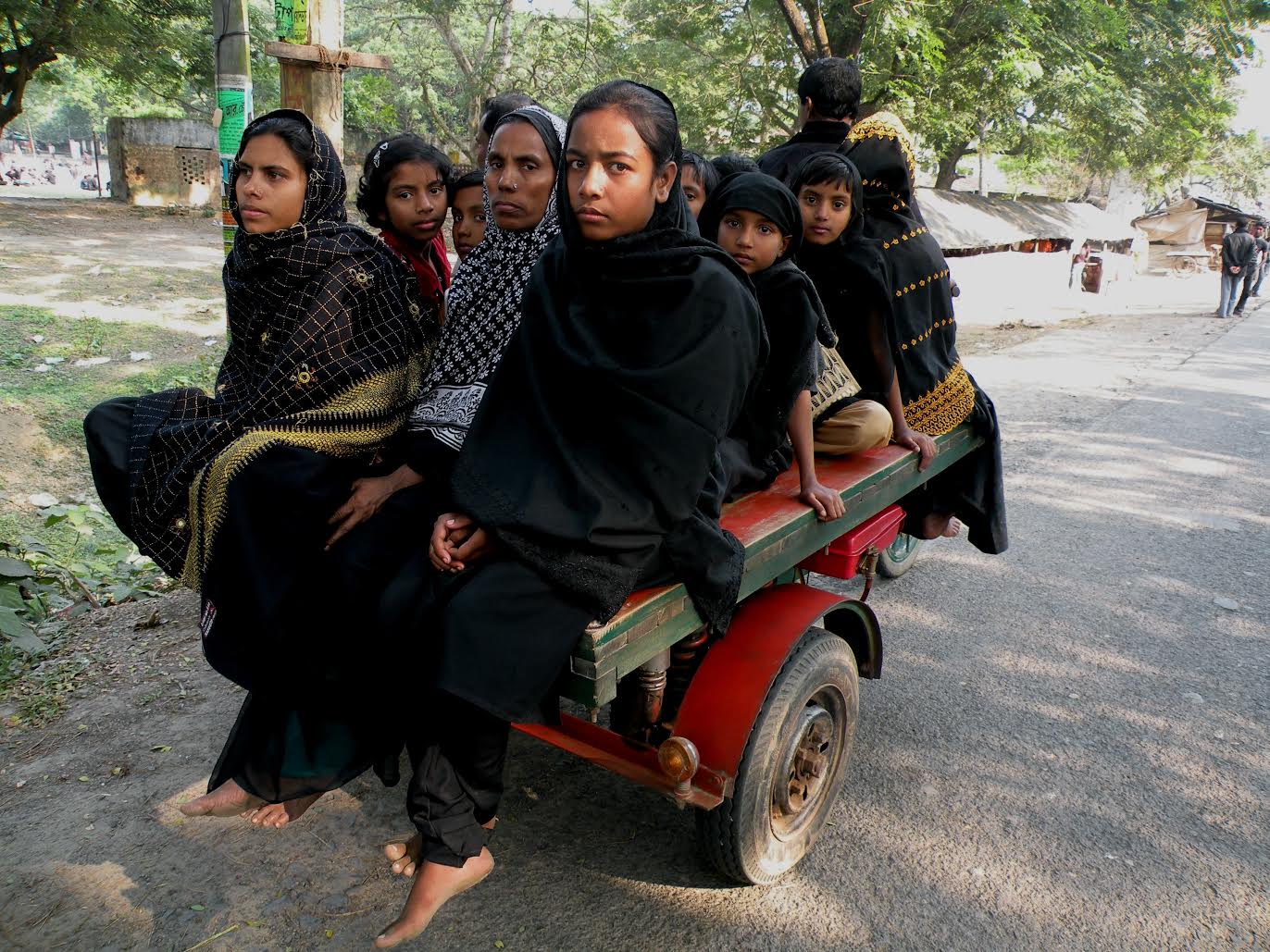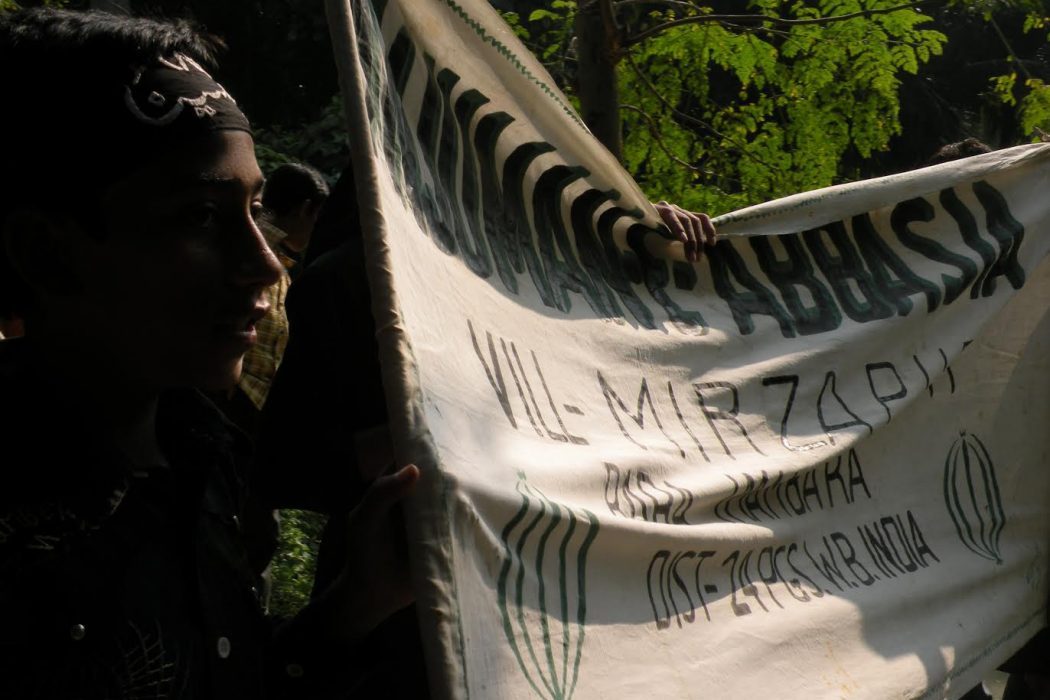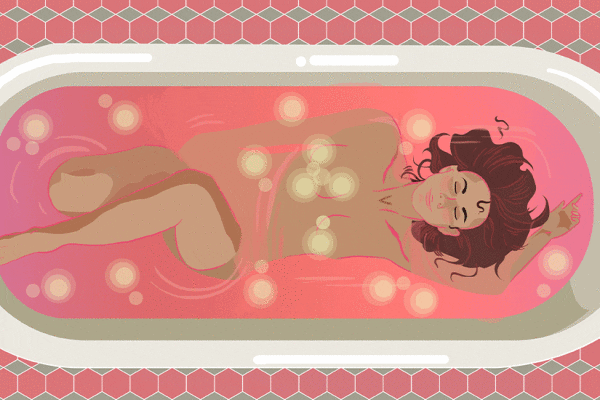'I came to a standstill at the sheer contrast of yellow and black under a clear winter blue sky. Sensing me stop, she looked back, and I resumed. Her face was weary and lined, her cheekbones jutted out; premature ageing had caught up with her. But her eyes were steadfast. Later, I came to recognize this as the sacred gaze', documents Epsita Halder in her photo essay.
I
The Day of Ashura, 2010
Woman 1: I followed her. A frail woman in a cheap synthetic sari, covered in a machine-embroidered black chador. ‘Come, I will show you the way to the imambara’ ,she said. I seemed a bit lost and steered me expertly through a chrome yellow mustard field in which many chador-clad women moved like black moths.
I came to a standstill at the sheer contrast of yellow and black under a clear winter blue sky. Sensing me stop, she looked back, and I resumed. Her face was weary and lined, her cheekbones jutted out; premature ageing had caught up with her.
But her eyes were steadfast. Later, I came to recognize this as the sacred gaze[1].



(Inside the imambara)
What struck me the moment I encountered Muharram in Salua — a village of North 24 Parganas — was the sheer physical charge of the Shias. From a distance I saw a pulsating wave of men and women in black, swarming from all four directions to meet at the junction, Salua Morh. Processions came from various villages, each led by four men carrying the decorated taziyeh — the replica of the grave of Imam Husayn — and flags on high bamboo poles.
The all male Taziyeh procession
————-
Men stepped forward in rhythm, beating their chests and uttering names of Hasan and Husayn. The blue pitch road beneath my feet reverberated with the sound of their collective chest beating and lamenting.
Women walked in silence, not as the part of these processions, as they are not supposed to grieve in public [2]. But their gait and gaze were taut, apt for the sacred space. I wanted to be the ethnographer of this sanctity.

Women on their way to the imambara
————

——–

———

Chest beating at the taziyeh procession
———
In my journey through Shia quarters in rural West Bengal [3], I engaged with the community’s forms of piety and functional religiosity, their identity markers, expressed in sensory terms. The community that commemorates the martyrdom of the grandson of Prophet Muhammad – Imam Husayn – in an unjust war on the banks of Forat in the hands of the enemy [4] – has developed multifaceted sensory arrangements to remember and relive the pain.
From ritual gathering to chants to narrations and drums to bodily performance of self-flagellation, the experience opens up and stimulates a multi-sensorium of devotion and piety.
Footnotes
[1] Sacred gaze is formulated by David Morgan (1998: 3) which is “a term designating the particular configuration of ideas, attitudes, and customs that informs a religious act of seeing’. Morgam calls for a culturally specific study of visual practices, “…the study of visual culture will regard the image as part of a cultural system of production and reception, in which original intention does not eclipse the use to which images are put but by those who are not their makers. …By stressing the role of social and cultural construction in the definition of visual culture, I intend to underscore the importance of visual practices, ideas, institutions, feelings, and values as constitutive of human vision, in particular, of the sacred gaze. (1998: 30-31) [2] Women perform this lament in the private quarters of the imambaras and in South Asia, their participation in the public procession of lament is not generally observed. [3] A part of this project was funded by the Art Research and Documentation Programme of India Foundation for Arts, Bangalore between 2011 and 2013. [4] The death of the elder grandson of the Prophet, Imam Hasan, who was poisoned according to popular historiography, by Yezid, the ruler of Syria and the aspirant caliph, is also commemorated during Muharram by uttering the names of the brothers together as ‘Haye Hasan, Haye Husayn’.

